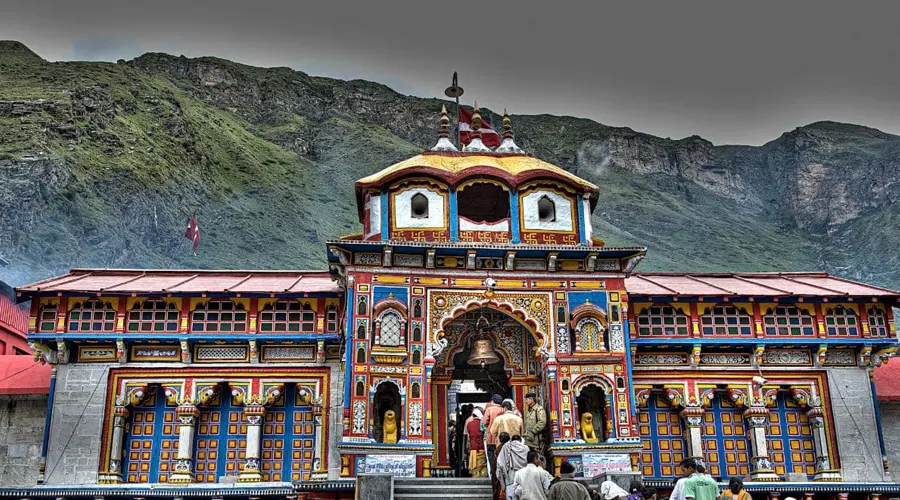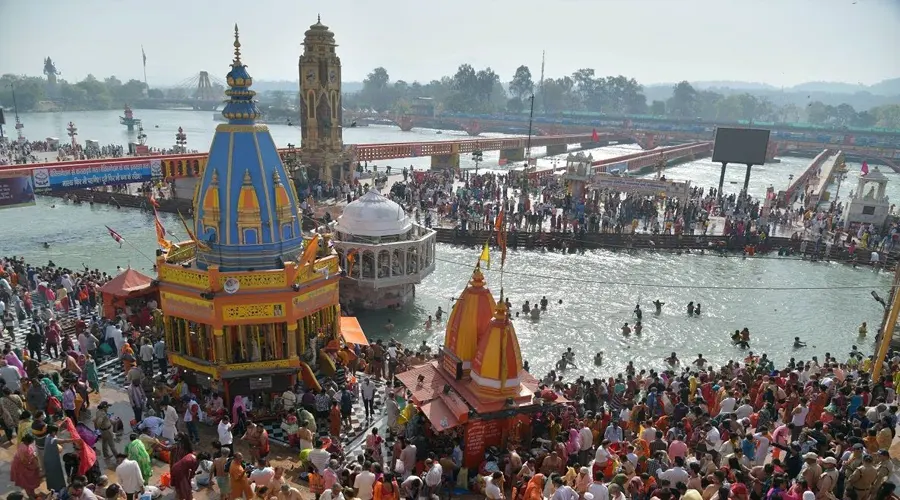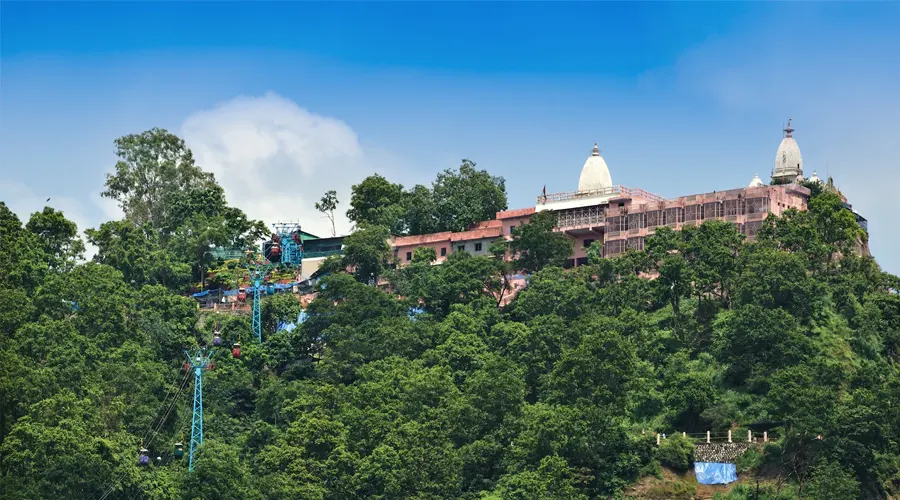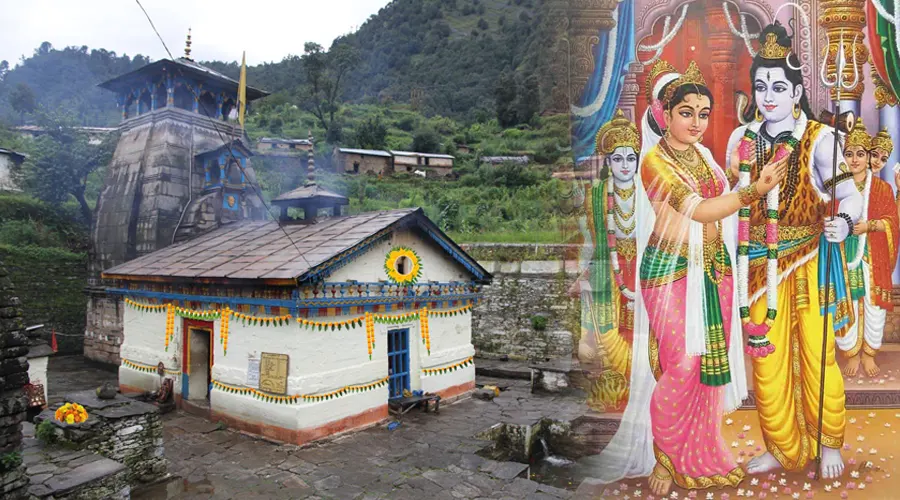Guru Ram Rai Gurudwara, Uttarakhand
At the heart of Dehradun city, Guru Ram Rai Gurudwara is the most famous religious center in Dehradun. Established in the 17th century, Guru Ram Rai Gurudwara is the oldest and holiest pilgrimage for the Sikh community in Dehradun.
Established by 'Ram Rai', the eldest son of the seventh Guru of Sikhs, Sri Har Raj Ji, Guru Ram Rai Gurudwara attracts large numbers of pilgrims and Sikh devotees all around the year. Guru Ram Rai built this famous Gurudwara in the 17th century with the help and support of the ruler of Dehradun.
In memory of Guru Ram Rai, a flag hoisting ceremony is celebrated every year. This ceremony is also known as the Jhanda Fair which is held on the fifth day of the Holi Festival. This fair is attended by a large number of visitors and tourists.
History
According to the legend, Guru Ram Rai was ostracized from society for becoming a Sikh Guru. People forced him to leave his native place after which he came to Dehradun in 1676.
Mughal Emperor Aurangzeb realized his presence who was enamored by the cosmic powers of Guru Ram Rai Ji.
Therefore, he asked then Raja of Garhwal, Fateh Shah to extend all possible help to Shri Guru Ram Ji. In the beginning, a Gurudwara was built at Dhamawala in Dehradun.
Whilst, the construction of the present building of Darbar Sahib was completed in 1707.
Architecture
The Gurudwara Ram Rai in Dehradun is a perfect example of Indo-Islamic architectural grandeur. The building showcases domes, minarets, and murals reflecting a mixed culture which suggests spiritual enlightenment.
Several portraits of gods, goddesses, saints, sages, and religious descriptive paintings can be adorning the walls.
Illustrations of brightly painted murals of flowers, leaves, animals, birds, and trees can be seen here.
One can see the pictures of similar faces with sharp features decorating the walls. The stoic human figures with a pointed nose and big eyes on the arches present a symbol of the color scheme of Kangra-Guler and Mughal art.
The high minarets and the round pinnacles decorating the Gurudwara depict Muslim architecture. One can see a huge pond in the front, measuring 230x 80 feet.
Since the pond wasn’t maintained and it went dry soon. People started throwing waste into it which ruined its placidness.
Now this pond has been revived and reconstructed which attracts many visitors.


























